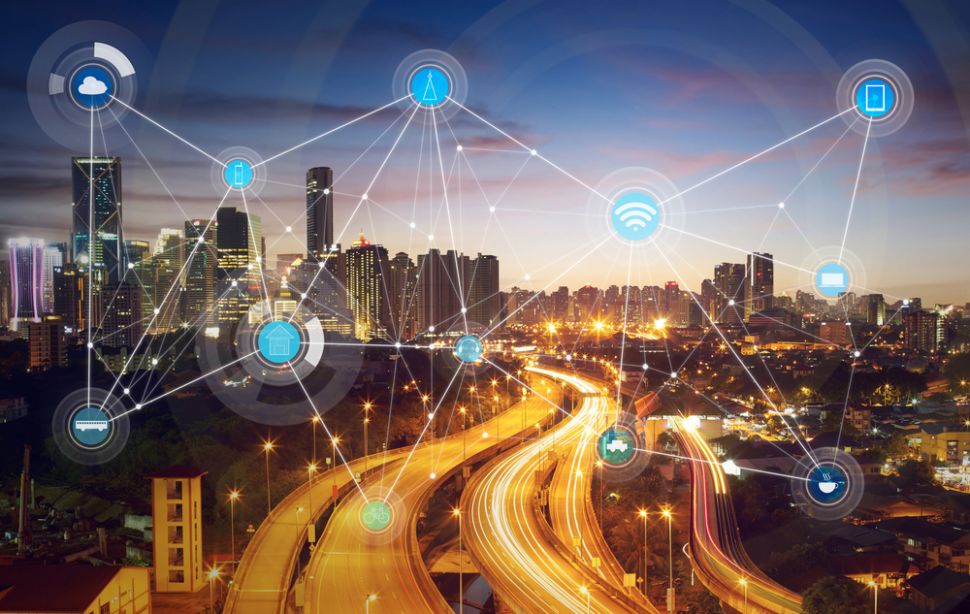Innovative technology behind shipping
AI and self-driving vehicles helping deliveries

This year’s Black Friday sales in the UK generated an estimated 16.5% year-on-year increase in transaction value, according to one source. Online retailers in particular offered significant discounts and invested heavily in marketing to attract buyers just like you. But now the hard work really begins. Businesses must manage their enterprise resource planning and deliver the goods, and they’re turning to some exciting technologies to get your parcels to you.
Consumer dissatisfaction with seasonal shopping reaches 60%
Shoppers are becoming more demanding than ever with high standards and soaring expectations. Consumer dissatisfaction with the seasonal shopping experience has doubled to 60% in the last four years. Much of this comes down to shoppers’ ‘post-purchase’ experience – what happens after they have checked out. So influential is this stage of the buyer journey that a third of consumers will never shop with the brand again if they have a bad delivery experience, according to the Pitney Bowes Online Shopping Study 2019.
Ryan Higginson is the Vice President at Pitney Bowes.
Delayed shipments, shipping costs and inaccurate tracking top consumers’ list of frustrations when fleet management goes wrong. Almost nine out of ten consumers say they would make a complaint or take an action that could hurt a brand’s reputation and bottom line following a bad post-purchase experience.
But shipping is complex: selecting the right service, at the right cost, with the right carrier that can deliver against expectations isn’t easy. The sheer volume of parcels businesses are shipping adds to the pressure. The Pitney Bowes Parcel Shipping Index found 2760 parcels are shipped every second in 13 of the world’s major markets, and the total number shipped in these markets is forecast to reach 200 billion by 2025.
The technology ‘behind the scenes’ of your parcel’s journey
Increased use of disruptive technologies is set to help businesses make significant improvements to the post-purchase experience. When you buy a product from an online retailer, you take the product’s journey for granted. What you might not know is the innovative sending technology behind the scenes, which is making life easier for retailers and is giving you a better post-purchase experience. These technologies are transforming sending in previously-unimaginable ways. Here’s a quick breakdown on how they might just be involved in getting your Black Friday shopping to you:
- The Internet of Things (IoT): at the end of 2018, 22 billion devices were connected. By 2025, almost 40 billion devices will be connected. IOT-connected sending devices generate enormous volumes of data which can be used to extract insight, understand behaviours, trends and patterns and provide greater visibility of operational performance. What this means for you is a more efficient service and your parcel more likely to arrive exactly when you expect it.
- APIs: in their simplest form, APIs allow two applications or different websites to talk to each other. Why does this matter for your parcel? It means sending technologies can connect with different carriers via these pathways, to source information on the best way to get your parcel to you – and at the best price.
- Cloud computing services have had possibly the biggest impact of all disruptive technologies on the sending industry. Think of the complexities of shipping, particularly when it comes to cross-border which is increasingly common - 67% of us have ordered items from outside our own country. We expect to know at the point of checkout exactly how much we’ll be paying, but shippers have lots of considerations to take into account, such as different tariffs, tax and duties, express services, tracked services and different carriers. Cloud-based sending technologies have simplified this, with built-in business applications so they can accurately forecast costs and you know exactly what you’re paying.
- ArtificiaI Intelligence (AI) has long been involved in a parcel’s journey, from locating and picking stock in a warehouse to helping drivers plan routes and enabling parcel tracking. Machine learning is a part of AI, and this is involved in delivery in some very clever ways: data is gathered from millions of deliveries, which helps organisations recognise trends, make accurate forecasts and predict outcomes. They can crunch data to forecast exactly how long your parcel will take to get to you, for example.
- Self driving vehicles: earlier this year the Academy of Robotics brought us what they classed as ‘Europe’s first roadworthy autonomous delivery vehicle’, named Kar-go, in collaboration with the DVLA. Users can choose where and when their packages will be delivered via an app, and the company expects to trial the vehicles anytime now.
- Unmanned Aerial Vehicles (UAVs) or drones for delivery have been trialled for several years. This summer, Amazon revealed its latest Prime Air Delivery drone, with a view to delivering parcels by drone in the next few months. There are hurdles to overcome with regards to regulations from aviation authorities, but UAVs could be coming to a landing point near you very soon.
- Automation has already accelerated many of the processes within your parcel’s journey. Replacing manual processes at the point of shipping will get your parcel to you, faster, and improve productivity for the business sending it to you.
- Crowdsourced delivery uses networks of non-professional drivers to drop packages at your door. 90% of retailers expect to use crowdsourced delivery within the next eight years. While it’s unlikely to become their sole method of delivery, in urban spaces it could complement existing delivery methods.
- Intelligent lockers are a great way of making sure you receive your parcel. These robust lockers with touch screen technology provide secure physical storage in convenient locations. Built-in package tracking platforms add an extra layer of security and visibility, and you sign on-screen so there’s no paperwork.
- Augmented Reality, Virtual Reality and Mixed Reality have been playing a part in getting your parcel to you for a relatively long time. Probably the best-known example of Augmented Reality is Pokémon Go, but the same concept of overlaying filters onto a phone or immersing yourself in virtual reality via a headset, is perfect for improving warehouse staff training, driving mobility and improving performance in warehouses. Now mixed reality, such as Microsoft’s HoloLens – is accelerating this even further.
So, next time you open your door to the post worker or delivery driver as they deliver your package, think about the incredible technologies that help get it to you - sending technologies which will only become even more innovative and exciting in the future.
- Think of starting an online business? Check out the best ecommerce platforms and ecommerce hosting.
Sign up to the TechRadar Pro newsletter to get all the top news, opinion, features and guidance your business needs to succeed!
Ryan Higginson is the Vice President at Pitney Bowes. He is a highly driven Global Business leader with over 20 years' experience delivering growth and P&L business objectives within a matrix and direct team environment. Ryan is an expert in the senior management of Telesales & Web sales channels across a global footprint.
